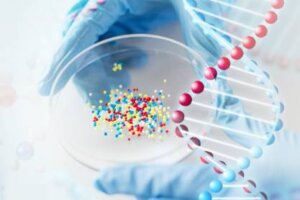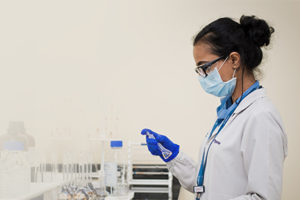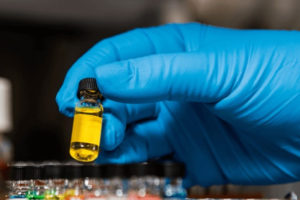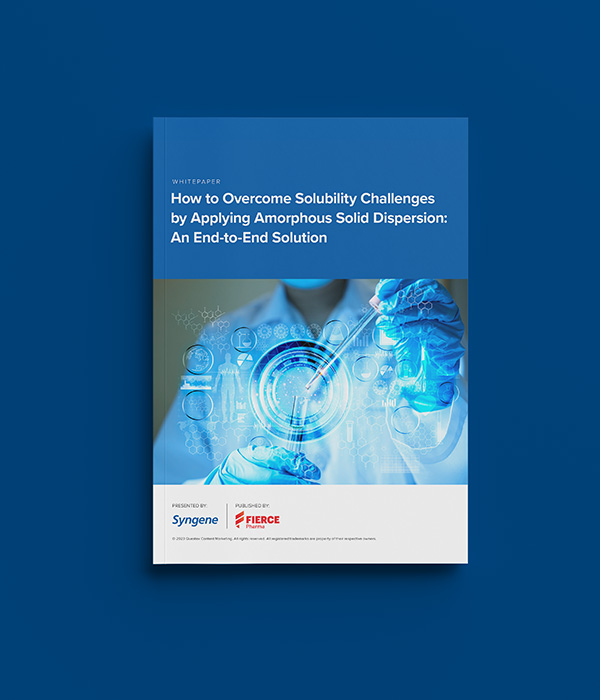Introduction
Poor solubility is among the primary causes of low bioavailability for orally administered drugs. Because over 85% of pharmaceuticals are administered orally, improving solubility is a top priority among drug developers. Converting a crystalline form of a drug to an amorphous solid dispersion (ASD) form results in enhanced bioavailability and solubility for many products. To date, the FDA has approved 29 drugs based on ASDs.
However, amorphous forms are thermodynamically unstable. Hence, the materials and technologies that enable ASD formation, the subsequent dosage form design, and the characterization methods of these systems play a critical role in defining quality, stability, processability, and performance.
This white paper describes a successful approach for preparing, screening, characterizing, and dosing ASDs in preclinical and early clinical development.
Global CDMO Syngene offers an end-to-end approach to ASD formulation development. This encompasses ASD development, in-vivo pharmacokinetic studies to assess the exposures, ASD process optimization, GMP supply of ASD, and converting ASD to suitable dosage form for the clinical studies.







